In this blog post, we talk about the release of two new CGM units: the new Stereo Channel, and an updated Group. We discuss their features and our approach towards a contemporary Eurorack mixer.
On 30 November, we introduced two new modules: the Stereo Channel and an updated version of the classic Group.
The SC Stereo Channel
The SC replaces the classic C module as the main CGM single-channel module. It has all the features of its predecessors, some features of the QSC, and even others that we designed exclusively for it.
All the C features that you can find on the SC are:
- CV inputs over every parameter (VCA, yellow FX send, green FX send, pan);
- Pre-post switch for VCA and FX sends;
- Direct output;
- Mute, solo-in-place, PFL.
- Unique gain staging.
The features borrowed from the QSC are:
- Stereo!
- Pan/crossfade switch;
- 12 mm knob.
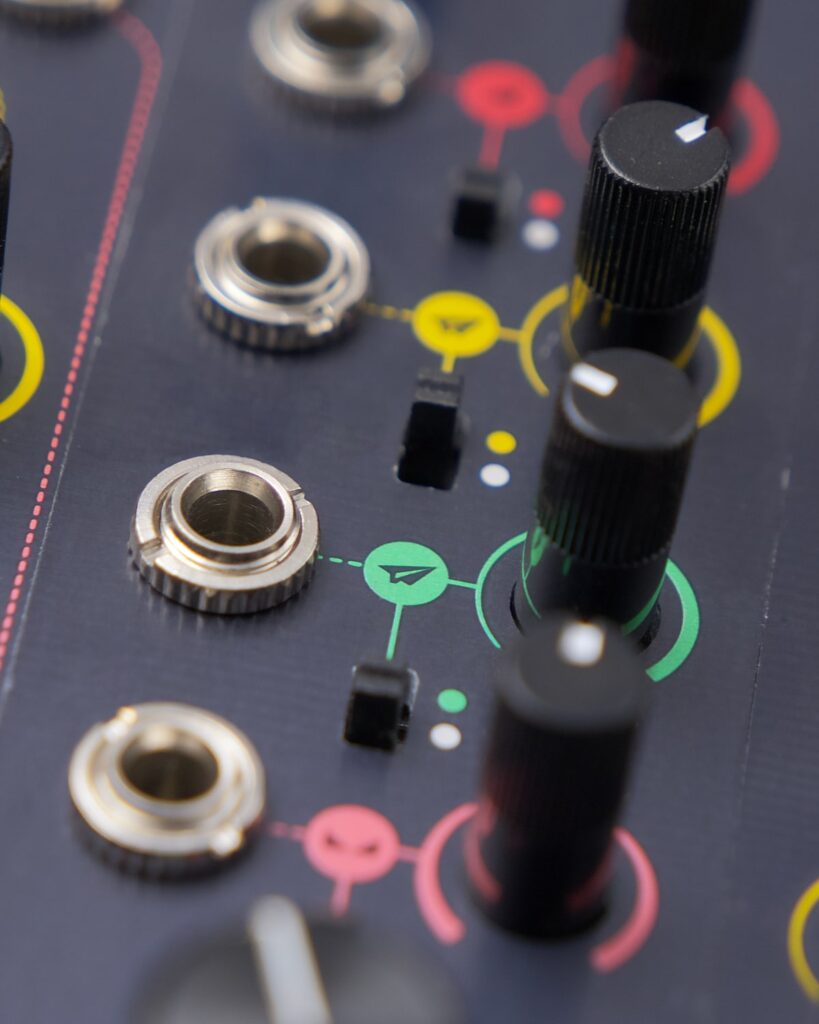
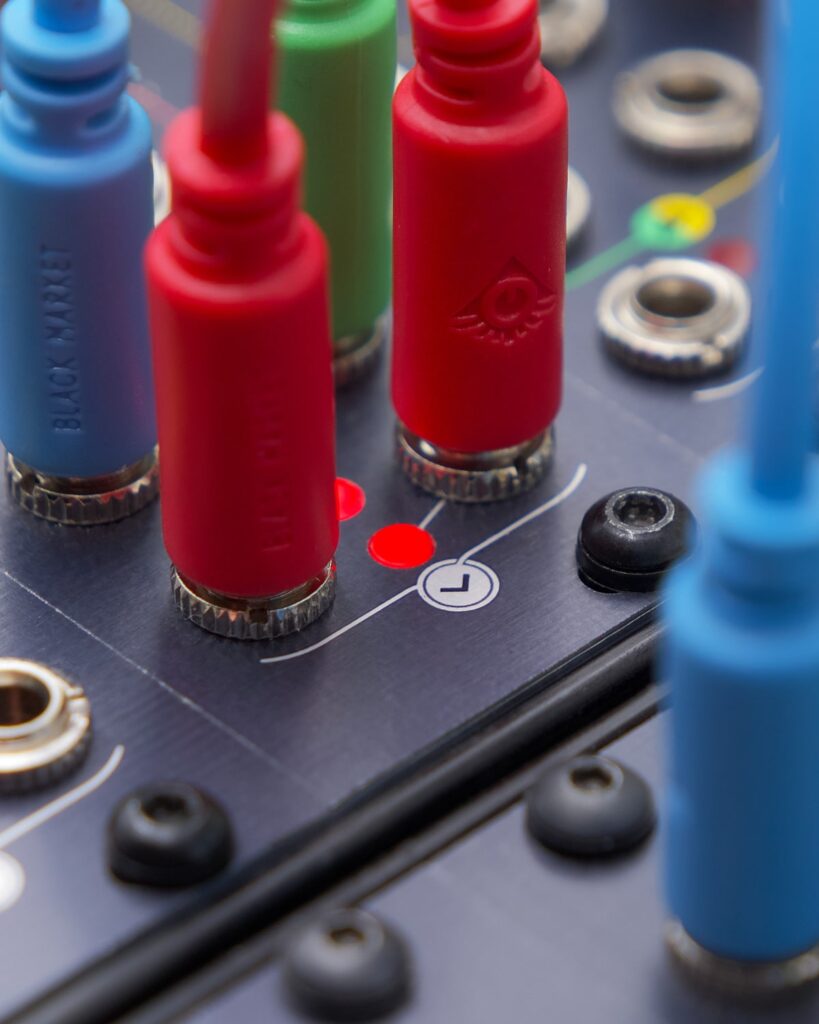
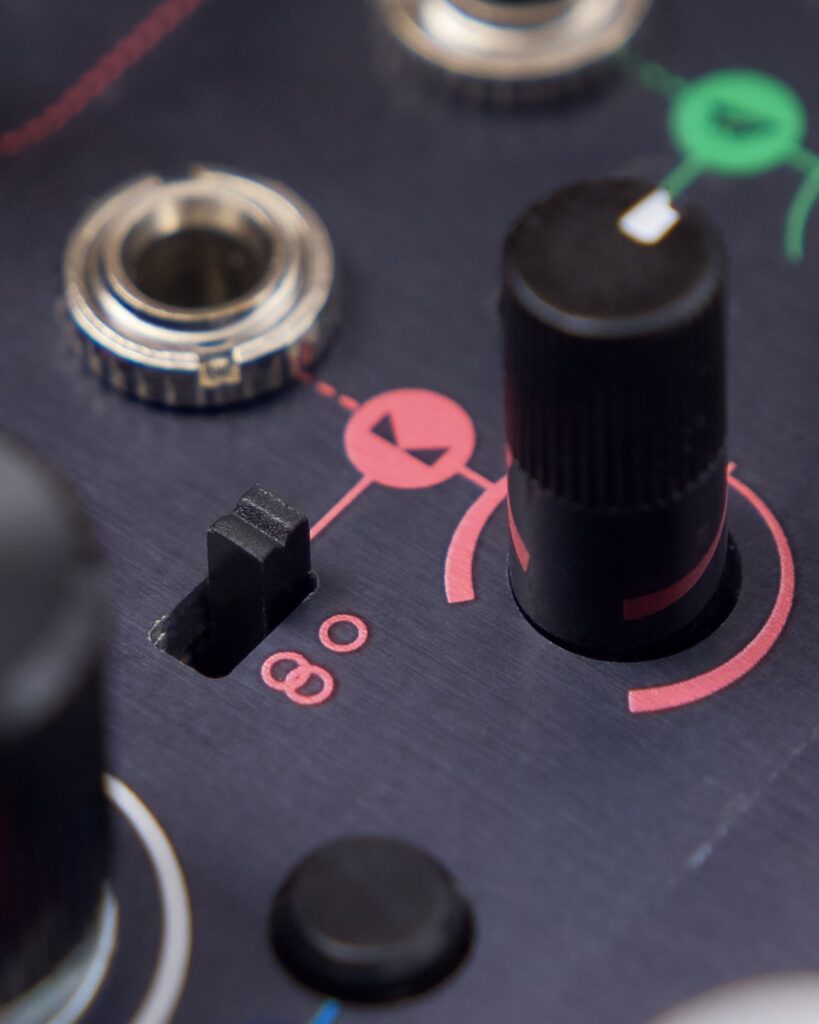
This mix also leads to a new feature typical of the SC alone: the most flexible signal flow ever appeared on the CGM. By combining stereo/mono inputs and outputs through a detailed semi-normalization, the SC can behave in four ways:
- Stereo to stereo;
- Mono to mono;
- Stereo to mono.
- Mono to stereo.
The inputs are semi-normaled so that two cables=stereo, one cable=mono. The outputs are slightly different: cable to the left: mono sum; cable to the right or both=separate outputs.
The first two are pretty easy to grasp and mimic the behavior of the C and QSC.
Then, you have many options for stereo-to-mono behavior. First, you can patch two cables to the input and then patch just a cable to the left direct output: in this way, the signal routed to the group will be stereo, while the one coming from the direct output will be its mono sum.
Then, you can activate the crossfade function: this will make mono also the signal routed to the group, allowing you to mix the channel patched to the left and right inputs through the pan/crossfade pot.
At this point, if you patch both local outputs, you will still get the separate dual-mono sources, something that was not possible on the QSC.
This output behavior leads us to the mono-to-stereo behavior: if you patch a source to the left or right input, you can record it in stereo and track the pan balance.
This signal routing is the most advanced over the CGM, and it aims to fulfill many needs of performance and studio environments.
The G, Redesigned
The new G is an update of the classic G. The feature set is the same, but it has a significant design improvement: now it is possible to select the group output behavior straight from the front panel.
Historically, you could have your group outputs set to the effects returns alone or together with the channels. It was possible by changing the position of two jumpers on the PCB.
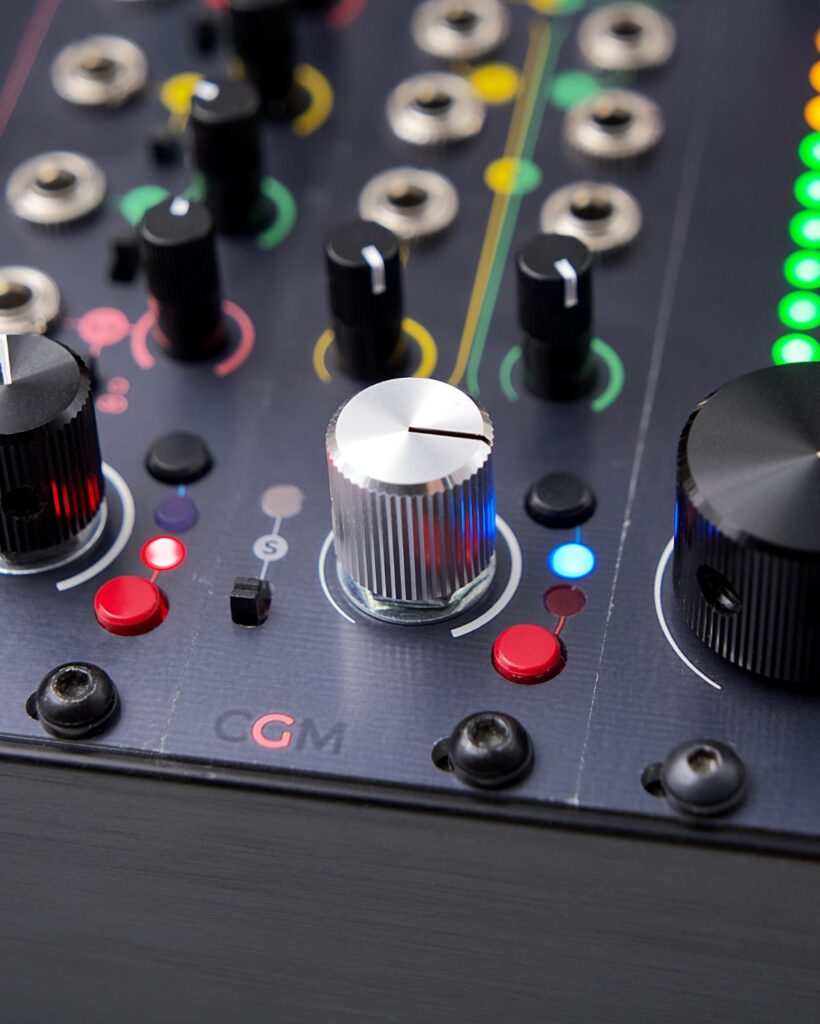
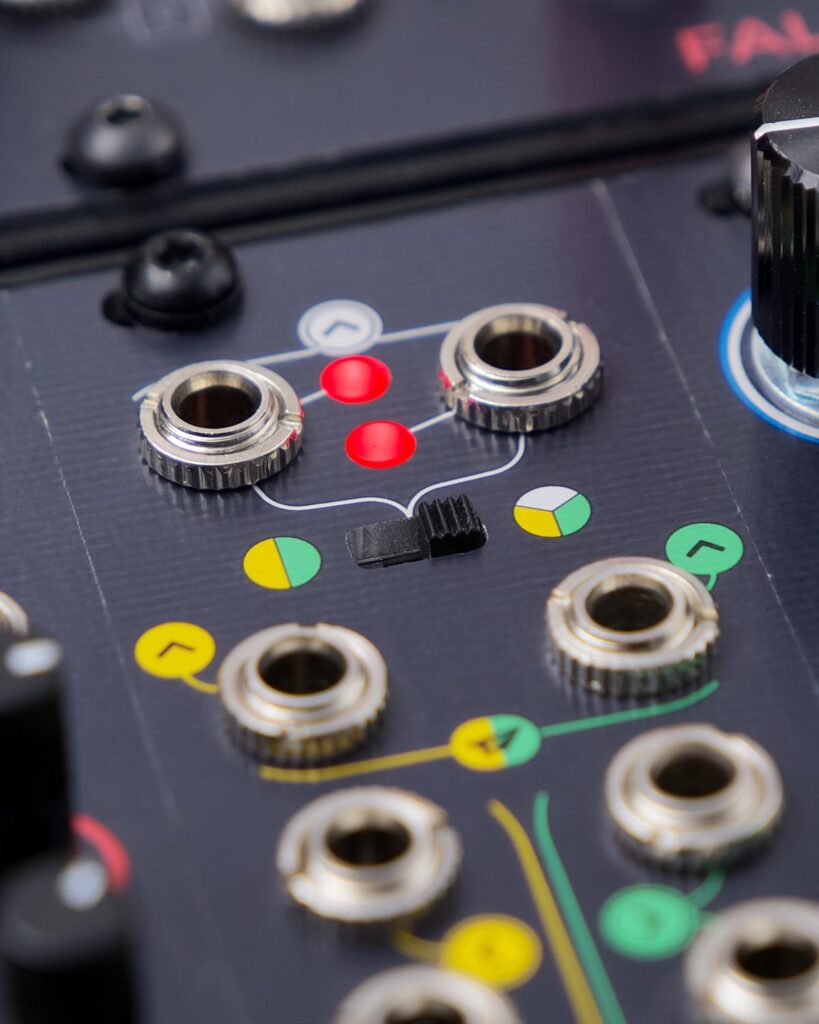
We chose to replace the jumpers with a switch on the front panel: set it to the left to output just the wet signal and to the right to output the sum of all the channels and the effect bus return.
It goes without saying that both these new modules are 100% compatible with the older ones, so feel free to add them to your existing CGM setup!
